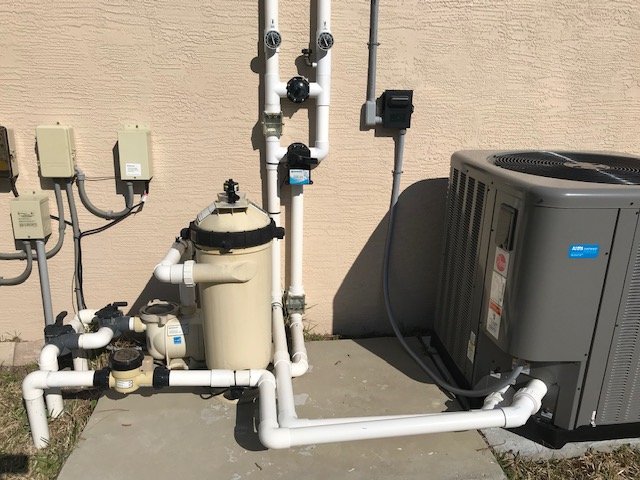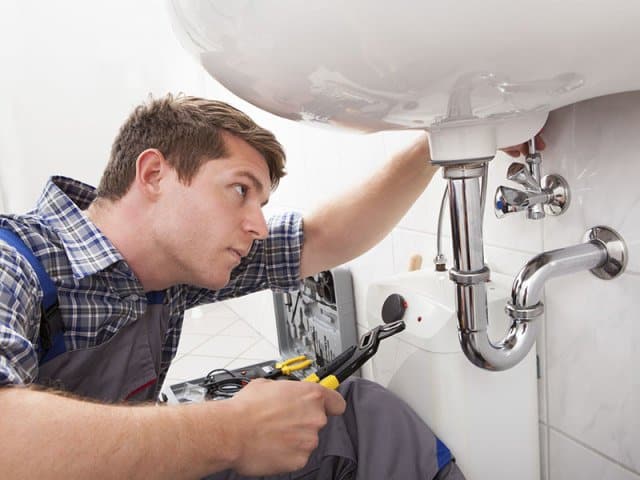When it comes to maintaining the integrity of a building’s plumbing system, early detection of leaks is crucial. Leaks can cause significant damage to structures, lead to mold growth, and increase water bills. Fortunately, advancements in technology have provided plumbers with sophisticated tools and techniques for detecting leaks more efficiently and accurately. This blog post will explore some of the most advanced leak-detection methods that modern plumbers employ.
1. Acoustic Leak Detection
Acoustic leak detection is one of the most common and effective methods used by plumbers today. This technique involves listening for the sound of water escaping from pipes. Here’s how it works:
- Equipment Used: Plumbers use specialized acoustic sensors or listening devices to pick up the sounds of water leaks. These devices are equipped with microphones and amplifiers to detect faint noises.
- Process: The plumber will place the sensor at various points along the pipeline, listening for the characteristic sounds of leaks, such as dripping or hissing. The device can often pinpoint the exact location of the leak by analyzing the sound’s frequency and amplitude.
Acoustic leak detection is highly effective for locating leaks in pressurized systems, such as water mains and plumbing systems within buildings. It’s particularly useful for detecting leaks in inaccessible or buried pipes. If you’re looking for reliable plumbing services in your area, you may visit their page for further info.
2. Thermal Imaging
Thermal imaging has revolutionized the way plumbers detect leaks. This technology relies on detecting heat variations to identify problems.
- Equipment Used: Thermal cameras or infrared thermometers are used to capture images of heat patterns emitted by objects. These devices can detect temperature differences that indicate the presence of water leaks.
- Process: When a leak occurs, it often causes a change in temperature around the affected area. For example, a leaking pipe may cause the surrounding area to cool down or heat up, depending on whether the water is colder or warmer than the surrounding environment. The thermal camera can visualize these temperature differences, allowing plumbers to locate the leak without invasive procedures.
Thermal imaging is especially useful for detecting leaks behind walls, under floors, or in ceilings. It allows plumbers to quickly identify the location of the leak, minimizing the need for destructive inspections.
3. Electronic Leak Detection
Electronic leak detection is another advanced method that involves using electrical conductivity to locate leaks.
- Equipment Used: Electronic leak detection systems typically consist of a transmitter and receiver. The transmitter sends an electrical signal through the pipes, while the receiver detects changes in the signal caused by the presence of leaks.
- Process: The transmitter emits a low-voltage current into the plumbing system. When there is a leak, the electrical current will escape through the leak site, causing a change in the signal. The receiver detects this change and helps pinpoint the location of the leak.
Electronic leak detection is highly accurate and can be used in both pressurized and non-pressurized systems. It’s particularly effective for detecting leaks in complex piping networks where other methods might be less reliable.
4. Dye Testing
Dye testing is a straightforward yet effective method used to confirm the presence of leaks, especially in visible areas.
- Equipment Used: Dye testing requires non-toxic dyes or colored water, which are introduced into the plumbing system or applied directly to suspected leak areas.
- Process: The plumber introduces the dye into the system or applies it to the suspected leak site. If there is a leak, the dye will escape through the leak site, making it visible. This method helps confirm the presence and location of the leak.
Dye testing is commonly used for detecting leaks in toilet tanks, pools, and other visible plumbing fixtures. It’s a quick and cost-effective method for confirming leaks, though it may not be suitable for hidden or complex plumbing systems.

5. Pressure Testing
Pressure testing is used to identify leaks in pipes by evaluating the system’s ability to maintain pressure.
- Equipment Used: Pressure testing involves using a pressure gauge and a pump to introduce and monitor pressure in the plumbing system.
- Process: The plumber will pressurize the plumbing system to a specified level using a pump. They will then monitor the pressure gauge for any drops in pressure, which indicate the presence of leaks. The plumber may also use soapy water or leak detection solutions to identify the exact location of the leak by observing bubbles.
Pressure testing is particularly useful for detecting leaks in newly installed or repaired plumbing systems. It helps ensure the integrity of the system before it is put into regular use.
6. Gas Leak Detection
Gas leak detection is a specialized technique used to identify leaks in gas lines, which is critical for safety.
- Equipment Used: Gas leak detectors or sniffers are used to identify the presence of gas in the air. These devices are designed to detect specific gas molecules and provide accurate readings.
- Process: The plumber will use the gas leak detector to scan the area around the gas lines. The device will alert the plumber if it detects the presence of gas, indicating a potential leak.
Gas leak detection is essential for ensuring the safety of gas-powered appliances and systems. It helps prevent dangerous situations such as explosions or poisoning due to gas leaks.
Conclusion
Advanced leak detection technologies have significantly improved the efficiency and accuracy of identifying leaks in plumbing systems. From acoustic and thermal imaging to electronic and gas leak detection, modern plumbers have a range of sophisticated tools at their disposal. These techniques not only help locate leaks more precisely but also minimize the need for invasive procedures, reducing both repair costs and disruption to property owners.
By leveraging these advanced methods, plumbers can address plumbing issues more effectively, ensuring the safety and longevity of plumbing systems. Whether you’re a homeowner or a plumbing professional, understanding these technologies can help you make informed decisions and maintain a well-functioning plumbing system.

